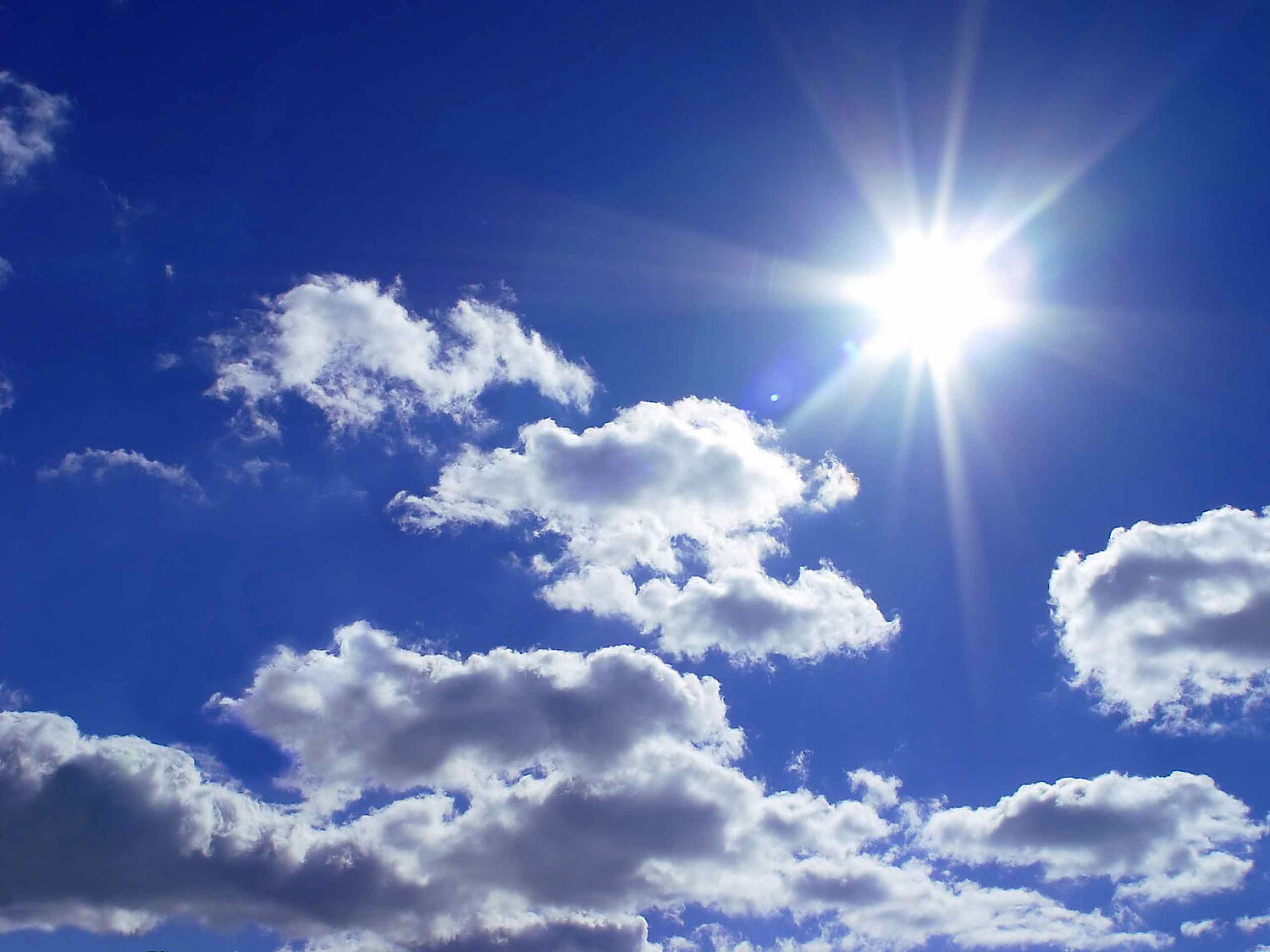Preliminary Air Quality Review 2021
Continued low load
For 2021, the Environment Agency Austria’s preliminary air quality assessment shows that particulate matter (PM10) was on one of the lowest pollution levels since measurements began about 20 years ago. Nitrogen dioxide (NO2) and ozone (O3) were on one of the lowest pollution levels of the past 30 years.

Factors for the low air pollution are a further decline in NOx emissions from road transport and the relatively mild winter months. The latter positively affect air quality through lower emissions from domestic heating and favourable dispersion conditions. Measures to combat the Covid 19 pandemic play a minor role in air quality in 2021.
A detailed analysis of the air quality data will be available in autumn 2022 in the annual report on air quality in Austria.
Preliminary nitrogen dioxide balance 2021
Nitrogen dioxide (NO2) comes mainly from traffic, particularly diesel vehicles. The response to the Covid 19 pandemic resulted in a significant reduction in traffic in 2020 and a smaller reduction in 2021. Exposure to nitrogen dioxide (NO2) in 2021 was similar to that of 2020, continuing the downward trend of the past 15 years due to the renewal of the vehicle fleet.
Preliminary annual mean NO2 values do not exceed the EU limit value of 40 μg/m³ in 2021 and 2020. The limit value according to the Austrian Ambient Air Quality Act (IG-L) of 30 μg/m³ (annual mean value) was only exceeded at seven measuring stations in Upper Austria, Salzburg, Graz, Tyrol, and Vienna.
Preliminary particulate matter balance 2021
Fine dust has many different sources, such as domestic heating, transport, industry but also agriculture, and is transported over long distances (e.g. desert dust). In addition, particulate matter can be formed from other pollutants, so-called precursors.
Most daily average values above 50 μg/m³ are shown in the preliminary particulate matter balance up to 30 December 2021 at the measuring stations Wiener Neudorf and Köflach. There, local construction sites contributed significantly to the high concentration levels. Apart from these measuring points, Graz Don Bosco was the most heavily loaded measuring point with 16 exceedances.
According to preliminary data, the limit value criterion according to IG-L for PM10 (Ambient Air Quality Act; more than 25 daily average values above 50 μg/m³ per calendar year) was exceeded in 2021 only at one measuring point. The limit value criterion of the EU Ambient Air Quality Directive (more than 35 daily average values above 50 μg/m³ per calendar year) for PM10 was neither exceeded in 2021 nor 2020.
Furthermore, according to provisional data, the annual average values for particulate matter (PM10 and PM2.5) were below the level of the years up to 2018 in most federal states.
The trend in particulate matter pollution
Large-scale exceedances of the IG-L limit value criterion for PM10 were lastly recorded in Austria in 2010 and 2011.
The main factors contributing to the reduction in pollution after 2011 are, on the one hand, more favourable meteorological conditions. Winters have been significantly milder with shorter periods of low temperatures and unfavourable conditions. On the other hand, emissions of PM10 and precursors of secondary particles decreased, both in Austria and in its eastern and northeastern neighbouring countries. This led to significantly reduced contributions from cross-border transport.
Ozone
Ozone (O3) was also lower than in previous years. Exceedances of the information threshold (180 μg/m³ as a one-hour mean) and the number of daily maximum eight-hour mean values (target value to protect human health: a maximum of 25 days with eight-hour mean values above 120 μg/m³, averaged over three years) showed one of the lowest exposures in 30 years. The information threshold was only exceeded on one day at two measuring points in Lower Austria, one day and one measuring point in 2020, and five days and 15 measuring points in 2019. Eight-hour mean values above 120 μg/m³ were recorded at five measuring points for more than 25 days (between three and 48 measuring points in previous years).
New WHO guidelines since 2021
Air pollution is already harmful to health at significantly lower concentrations than previously thought. This is shown by the World Health Organization’s (WHO) current stocktaking. In 2021, the WHO published new global air quality guidelines and recommendations on how to better protect the population from exposure to air pollutants.
In Austria, the Environment Agency Austria reports a positive long-term trend in air quality. However, the new guideline values for particulate matter (PM2.5), ozone (O3), and nitrogen dioxide (NO2) are still exceeded on a large scale in Austria.
Preliminary Data
The preliminary assessment of air quality 2021 is based on preliminary data from air quality measurements carried out by the Offices of the Provincial Governments and the Environment Agency Austria on behalf of the Federal Ministry for Climate Action, Environment, Energy, Mobility, Innovation and Technology (BMK). The quality assurance of the data will be completed in the second quarter of 2021. Therefore, changes to the provisional data are possible. Limit values for particulate matter and NO2 and target values for ozone as well as measurement and reporting requirements are defined in the Ambient Air Quality (IG-L). In the event of limit values being exceeded, appropriate measures must be implemented by the provincial governors.

